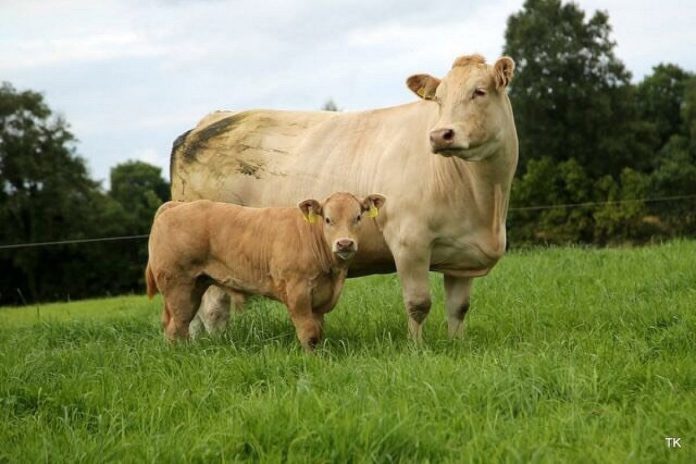Body condition is scored on a scale of 1.0 to 5.0, with 1.0 being emaciated and 5.0 obese, writes Nigel Gould at CAFRE.
One body condition score (BCS) in a suckler cow equates to 70-90 kg of live weight. The target BCS for spring-calving suckler cows is 3.0 at weaning
(mid-pregnancy), 2.5 at calving and at least 2.0 at mating.
Body condition scores of 3.0-3.5 may be more common this year at housing where cows had access to good supplies of quality grass during the grazing season.
Silage
Pen suckler cows according to BCS and feed accordingly. Silage analysis is useful for determining the quality of different silages on the farm.
It allows quality silage to be fed to priority stock such as thin cows. Allow excessively thin cows unrestricted access to moderate to good quality silage.
Cows in good body condition can be offered a restricted allocation of silage to either reduce or maintain body condition.
Unless silage is of poor quality, allowing unrestricted access will result in cows putting on more condition. This may increase the incidence of calving difficulty, which in turn, may negatively affect subsequent fertility and calving interval.
Restricting, under and overfeeding cows
Restricted and supplementary feeding need to be carried out in good time to ensure all cows are at their target BCS six to eight weeks before calving.
Underfeeding in the last six to eight weeks of pregnancy will lead to increased incidences of weak calves at birth and cows with poor colostrum quality and quantity.
Overfeeding in this same period increases the risk of heavier calf birth weight and a higher level of calving difficulty.





